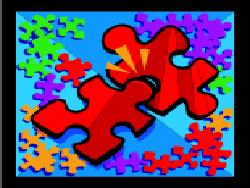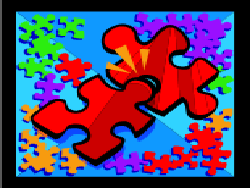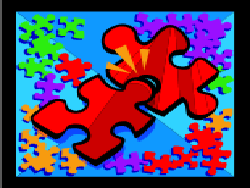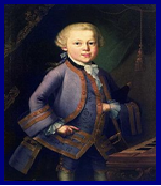


Find Your Match
Sample Standard: Understand events, trends, individuals and movements shaping colonial history and settlement in the United States.
Grade Level: 4
Time: 10-15 Minutes
Materials: Set of cards with causes, set of cards with matching effects
|
Cause |
Effect |
|
John’s alarm did not go off. |
He was late for school. |
|
Nick did extra chores. |
He had spending money for the movies. |
|
The teacher was sick. |
The class had a substitute. |
|
Michele worked hard on her report. |
She got a good grade. |
|
Jane walked in the rain. |
Her hair got wet. |
Group Size: Any. An even number of students works best for this activity.
Activity:
Examples of Generic Cause/Effect Cards:
Adaptations for above level students:
Have students create the cause and effect cards from a class reading selection.
Submitted by Adrianne Roggenbuck, a former teacher who is currently a training consultant with the Bob Pike Group.
I Describe

Standard: Identify character traits for a specific literary figure.
Grade Level: 3-4
Time: 15-20 minutes
Materials: Trait Cards with one character trait on each. Enough for one per student.
Group Size: Any
Purpose: To match character traits to a literary figure that has been studied.
Activity:
Adaptations for Above Level Learners:
Submitted by Adrianne Roggenbuck, a former teacher who is currently a training consultant with the Bob Pike Group.
Don't miss out on updates and chances
to sharpen your skills with participant-centered learning.




3740 N Chestnut St #113 - Chaska, MN 55318-3053